Evaluating Amazon's Logistics & Supply Chain in Austrian Market
VerifiedAdded on 2023/06/12
|5
|911
|76
Report
AI Summary
This report analyzes Amazon's logistics and supply chain management strategies within the Austrian market. It details the evolution of a customer performance measurement system designed to align with Amazon's core business functions and objectives. The report outlines the research process, including data collection from Amazon's website, social media, and interviews, to understand their operational procedures and strategic goals. It discusses the development of a balanced scorecard to assess Amazon's performance from a customer perspective, highlighting the use of lead and lag indicators. The report also reflects on the iterative design process, addressing shortcomings in initial drafts and emphasizing the importance of causal relationships and strategic alignment with Amazon's mission to be the 'earth's most customer-centric company.' The final draft focuses on long-term growth and includes comprehensive measures and data sources for a better assessment of Amazon's progress towards its objectives.
1 out of 5
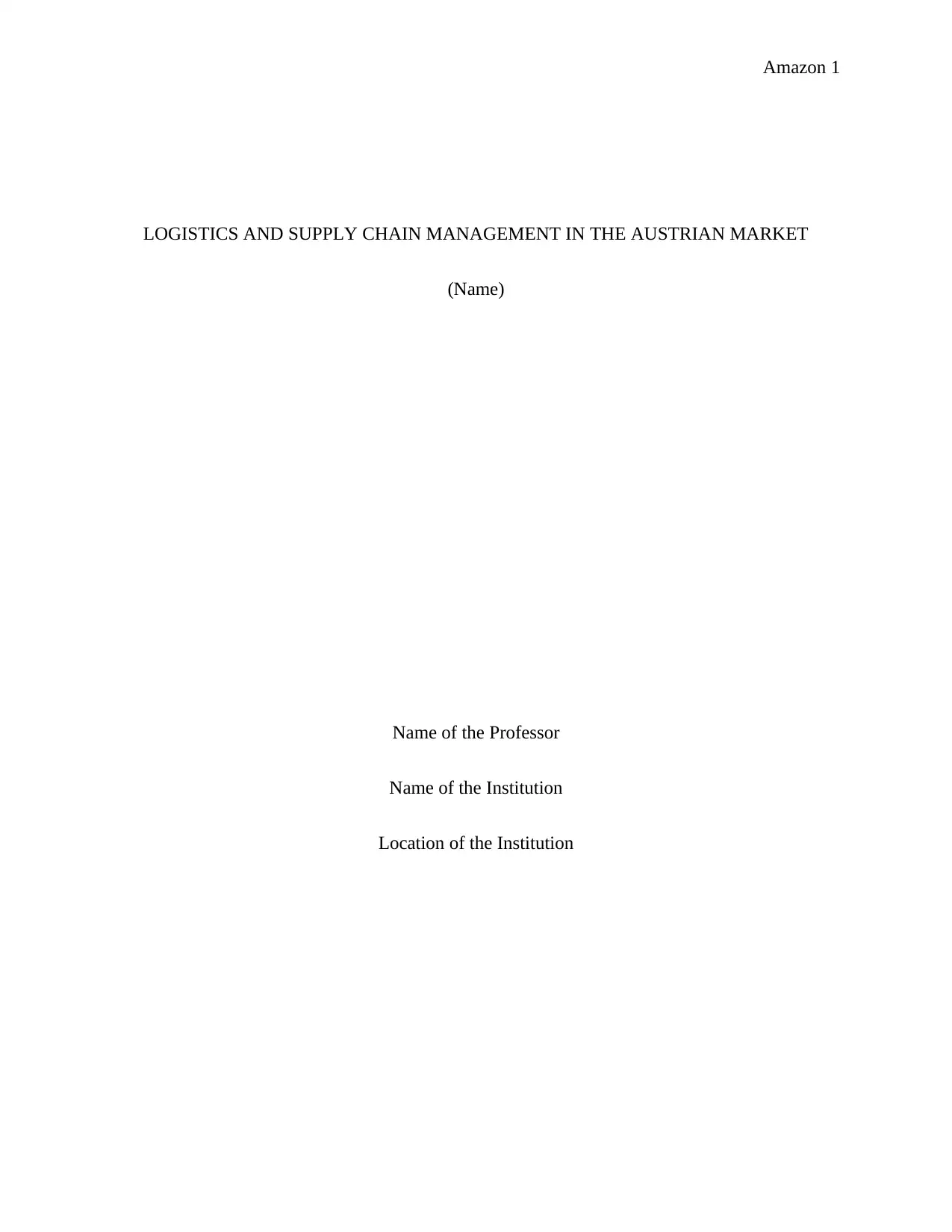
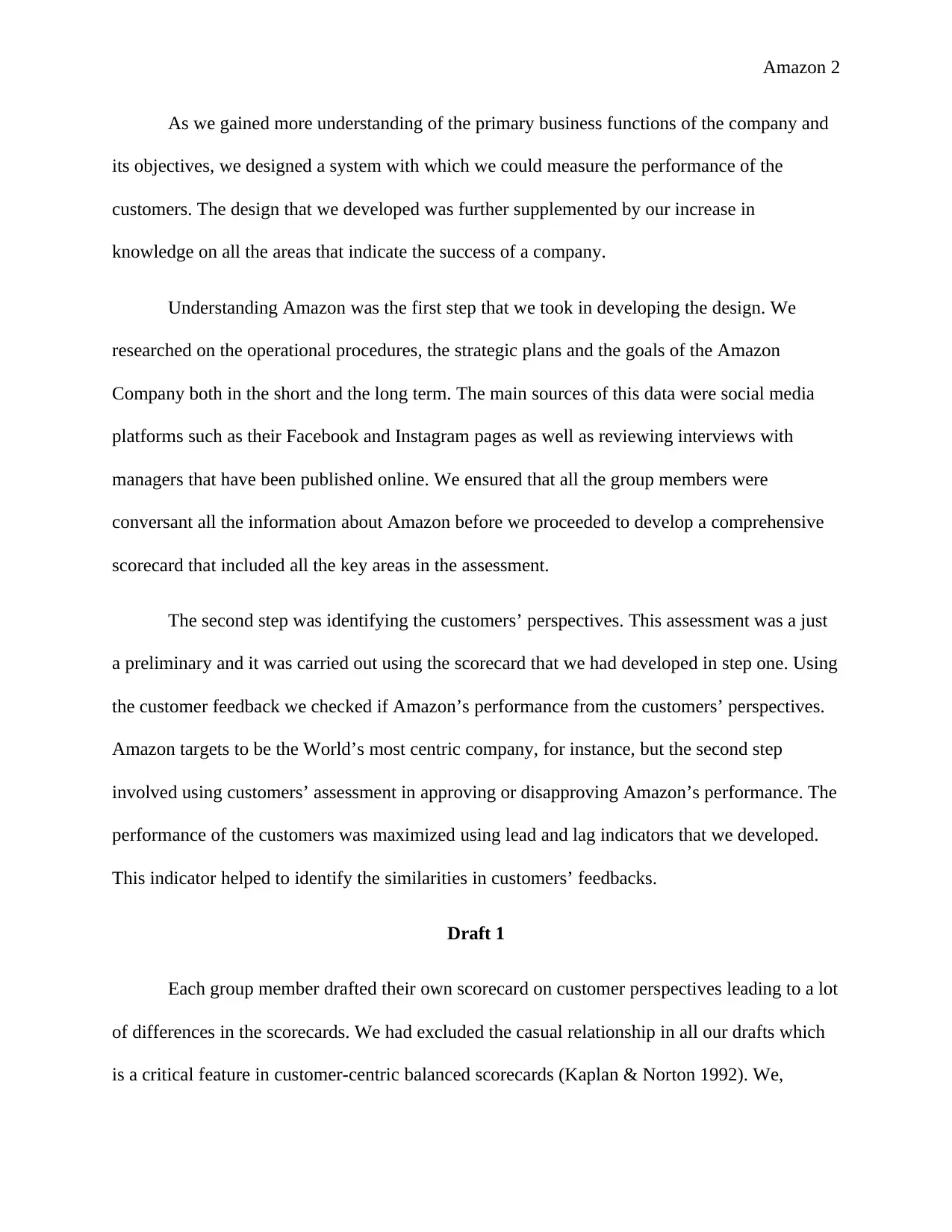
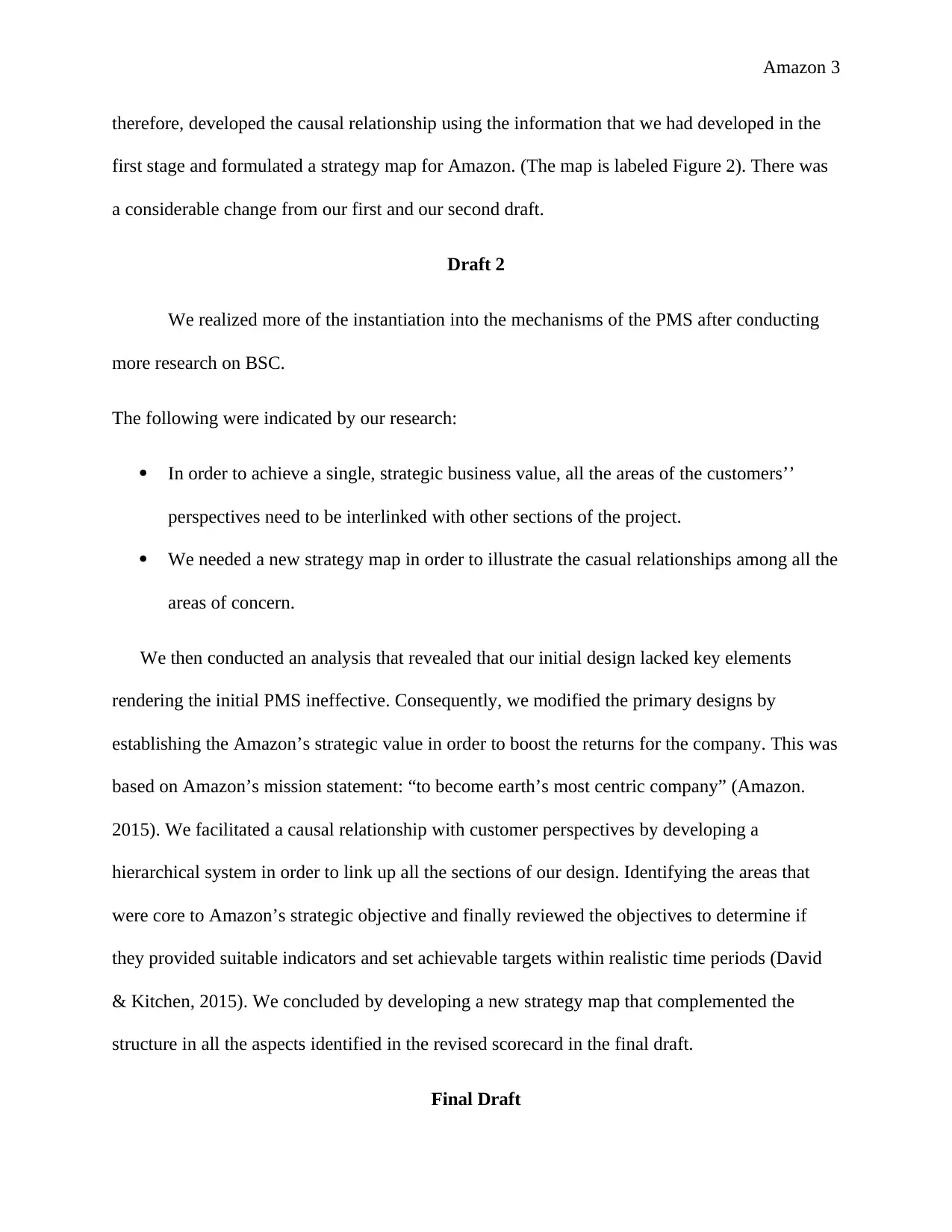

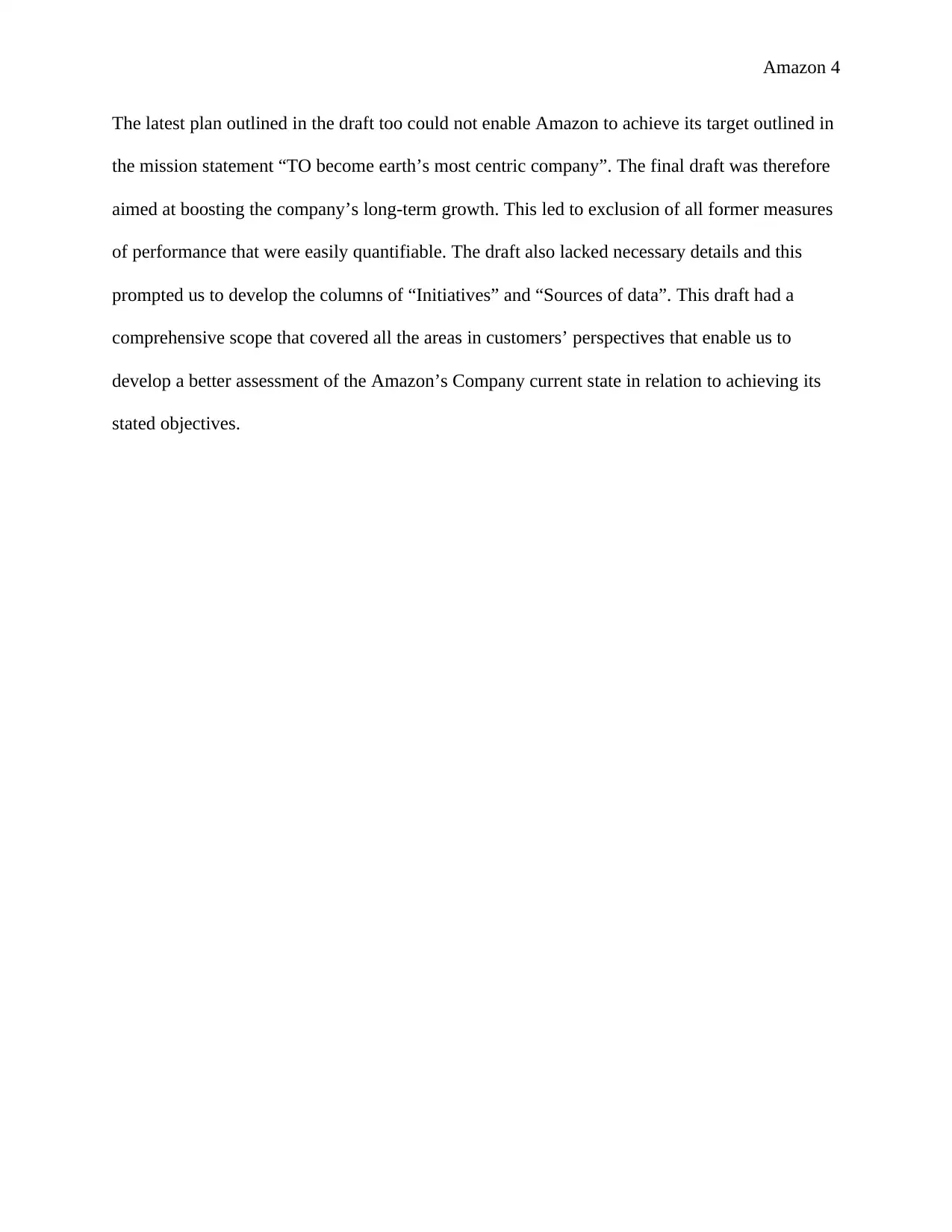
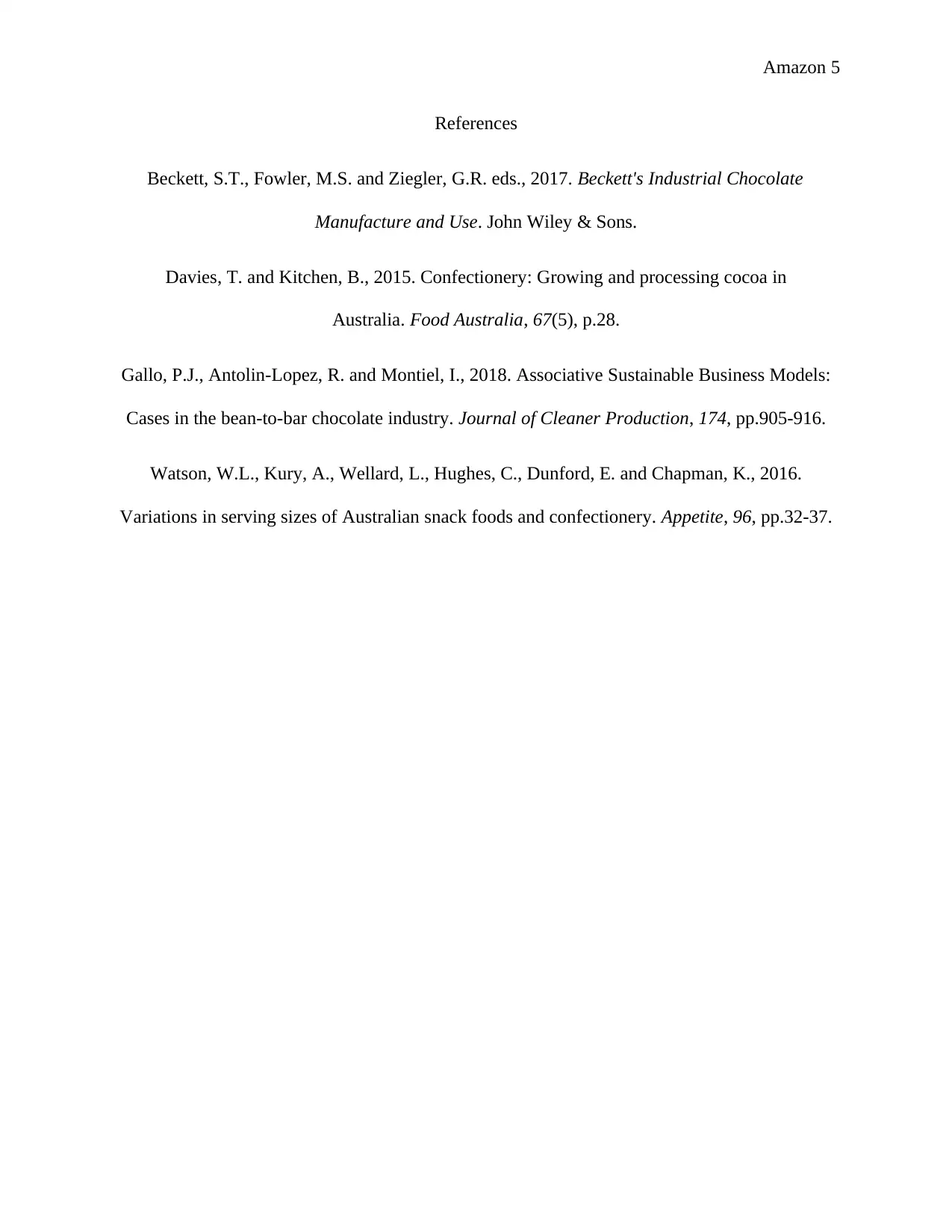





![[object Object]](/_next/static/media/star-bottom.7253800d.svg)